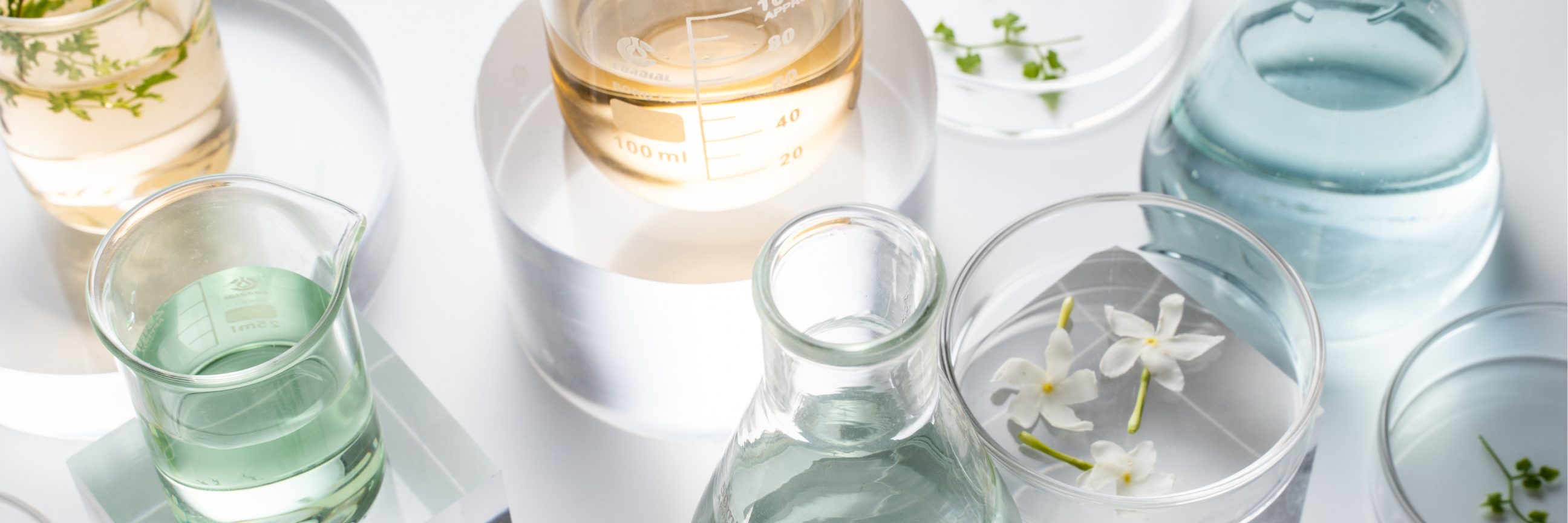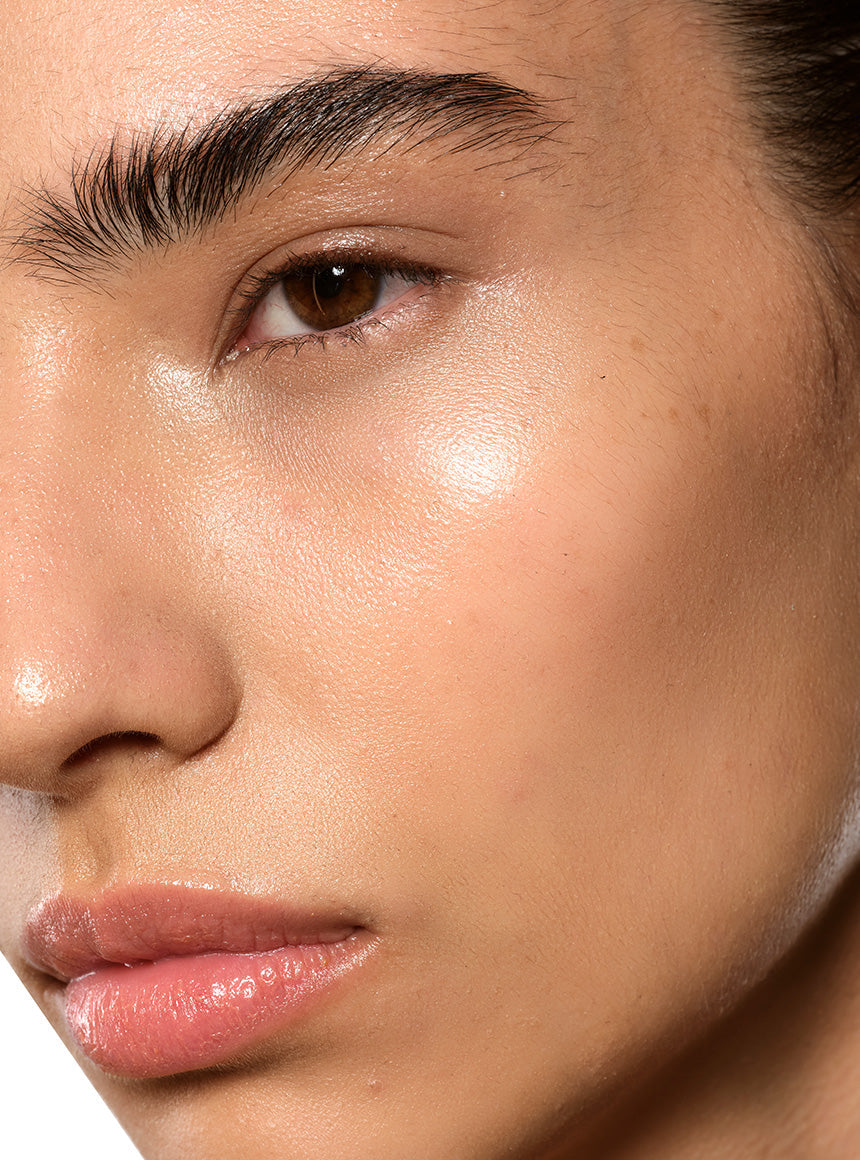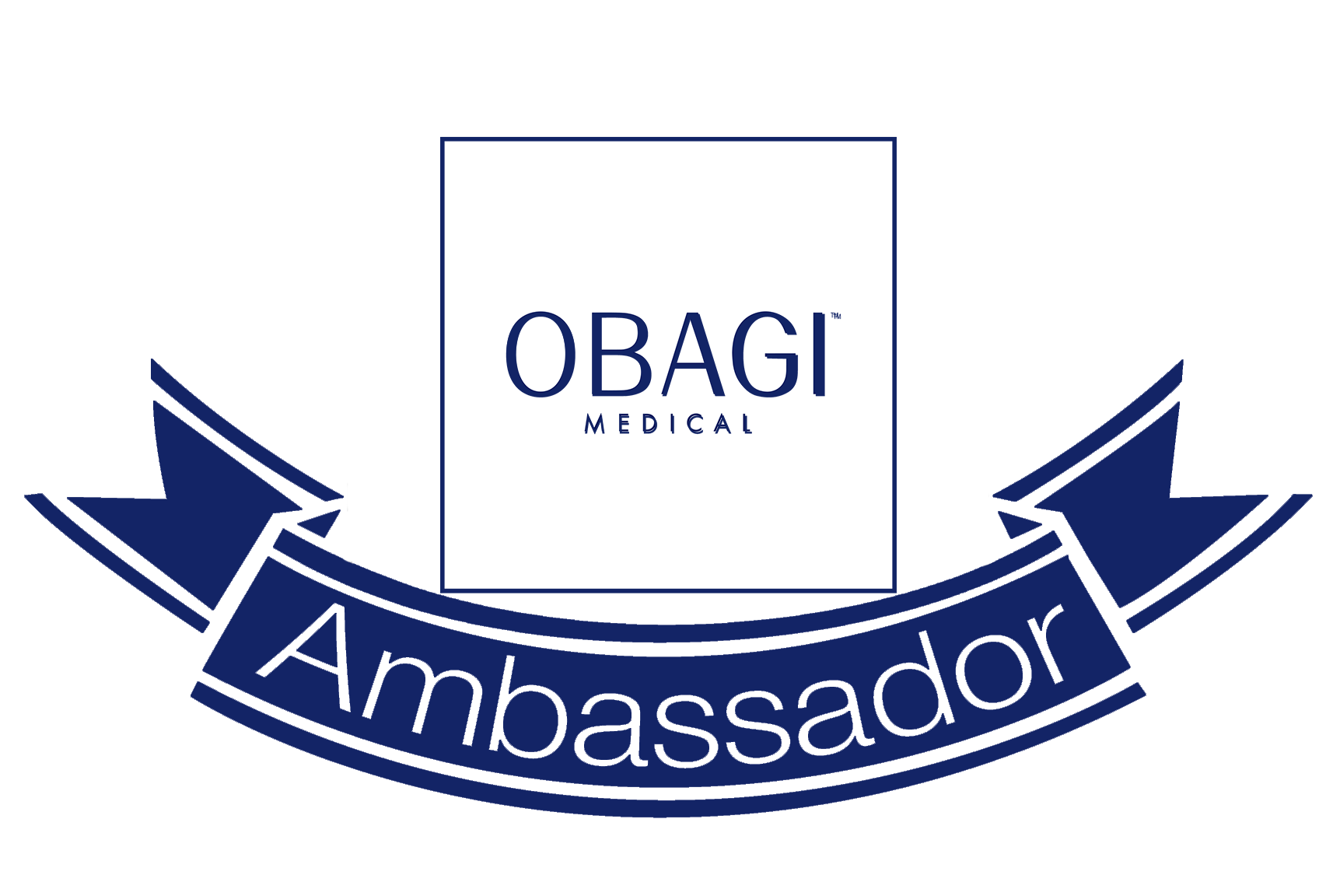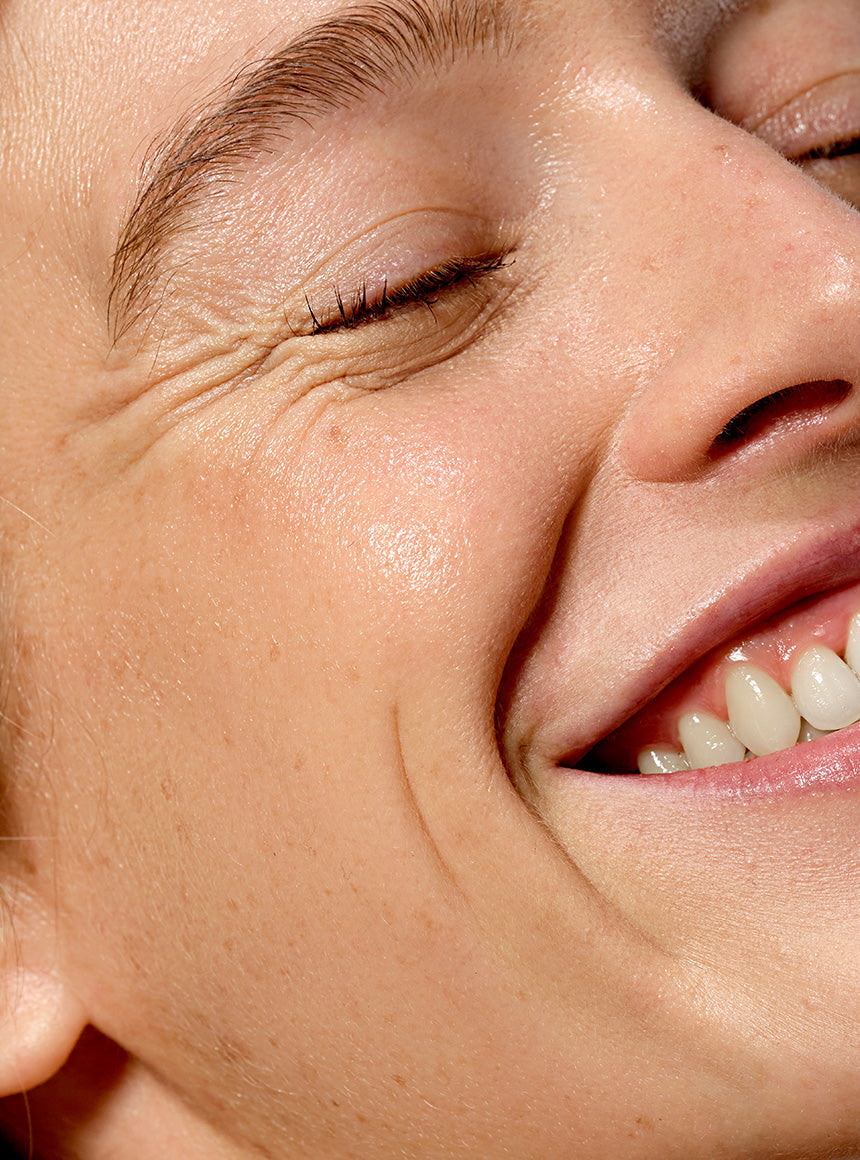
Chemical Peels 101
With the colder months approaching, it is the perfect time to schedule a chemical peel for two reasons: the skin is less likely to be sensitised from heat and prolonged UV exposure, and more protected during the healing phase.
A chemical peel removes the top layers of the skin, revealing literally new skin. They can either be done on their own or in combination with other aesthetic treatments, such as anti-wrinkle injections - but be warned, this is not for the fainted-hearted!

The 3 Depths of Peel
Chemical peels resurface the skin, and are traditionally categorized into light, medium and deep peels.
-
A light peel removes the top layer of the skin (epidermis) and is used to treat fine lines, acne, uneven skin tone and dryness.
-
A medium peel reaches deeper to the middle layer of the skin (dermis) and is used to treat acne scars, as well as wrinkles and uneven skin tone.
-
A deep peel reaches even deeper and is indicated for deeper wrinkles, scars or precancerous spots.
Downtime
Traditionally, the deeper the peel, the longer the expected downtime, but the more dramatic the results. However, newer formulations, often in combination with the right home-care products, have been shown to deliver excellent, comparable results - without the risks associated with deep peels, so it is worthwhile discussing this with your physician.
It is common to experience redness and scabbing, although this may persist for longer for medium and deep peels. Skin discoloration (lighter or darker) can be permanent, which is why a pre-treatment consultation to determine the type of peel suitable for each skin type is so important. Rarely, scarring and infection can occur, and are reduced with expert and aseptic application techniques. In addition, deep peels are not suitable for those with heart, kidney or liver problems as they can risk organ damage.
Certain people should not undergo chemical peels:
-
Having taken oral isotretinoin for six months
-
Pregnancy & lactation (for specific types of peels)
-
History of keloids or recurrent cold sores
How to Prepare
-
You may be asked to use a retinoid cream to prep your skin for a few weeks to help with healing.
-
You may also use a skin lightening cream (containing hydroquinone or equivalent), a retinoid cream, or both, to reduce the chances of skin discoloration.
-
Avoid sun exposure and certain types of hair removal/ beauty treatments. A week leading up to your peel, make sure your schedule is free of hair-colouring/ straightening/ permanent-wave treatments, and avoid facial scrubs, masks, hair removal using electrolysis or depilatories. Don’t shave the treated area 24 hours prior to your peel.
-
If you have a history of cold sores, you may be prescribed a course of antivirals prior and following your peel.
Further questions on chemical peels? Book in with the M-ethod™ for individualised guidance tailored to your needs.







